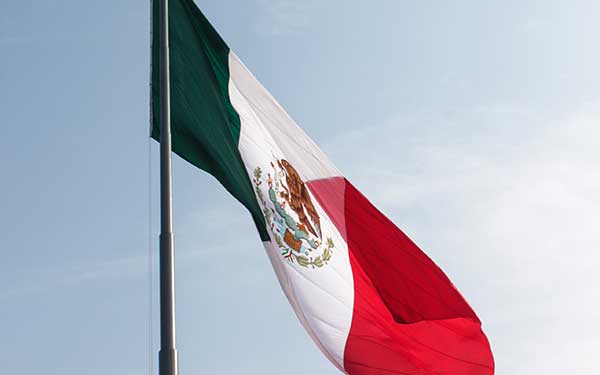What is Mezzanine Finance?
Bank debt
Mezzanine
Capital
The term mezzanine refers to financing that occupies an intermediate place between debt and equity in terms of risk and return.
It complements bank debt by providing resources for growth projects that for some reason are not financed by banks.
Complements equity by providing resources without diluting existing partners.
It is tailored to the specific needs of companies that require this type of long-term financing.
Mezzanine Finance Features

It bridges the gap between debt and equity:
When bank debt is not accessible.

It reduces the need for capital contributions:
Avoiding the shareholder dilution implied by the new capital.

Optimises the financial structure of the company:
It reduces or avoids the need for new capital, which is the most expensive form of financing and is dilutive to existing members.
Uses of Mezzanine Finance
- Organic growth
- Inorganic growth (mergers and acquisitions)
- Introduction of new products
- Expansion of production plant
- Development of new marketing channels
- Internationalization
- Leveraged buyouts
Advantages of Mezzanine Finance

Financial
Provides resources to implement corporate projects. Improves balance sheet structure by strengthening capital without diluting shareholders.

Prosecutors
Interest payments are deductible.

Corporate governance
Limited involvement of the resource provider in the corporate governance of the company.

Structured output
It does not require future share buy-back obligations or carry-forward arrangements.

Flexibility
Flexible structures, adapted to the specific needs of companies. Depending on the case, it combines grace periods, variable repayments, and participation in the company’s value creation.

Alignment of interests
Participating interests and equity awards allow for the alignment of shareholder and mezzanine fund interests in decision-making.
Benefits of Mezzanine Finance
Shareholders
- No dilution of shareholders
- Optimisation of return on capital
- Speed of execution and certainty of resources
Companies
- Adaptation to the company’s cash flow generation
- Deductibility of interest
- Flexibility in repayment times and guarantees
Creditors
- Alignment of interests
- Alignment with existing debt guarantees and covenants
- Improved repayment profile and credit ratings
- Reduction of senior leverage ratios

Focused on

Mexican operating companies with growth plans and financial needs between Mx$ 70M and Mx$ 300M, with minimum annual sales of Mx$ 70M and positive historical operating profits.

Teams with clear leadership, experienced, specialised and financially committed to the project. High moral and ethical standards.

Financing for organic growth projects, mergers and acquisitions, new products, expansion of production plants, new marketing channels, internationalisation and leveraged buyouts.
Criterios para la Selección de Proyectos
%
Sector
- Generalist
- Excluded sectors/projects:
- Real estate projects
- Financial
- Alcoholic beverages
- Sectors prone to money laundering
%
Team
- Corporate governance or clear intention to solidify it
- Management team financially committed to the project
- High moral quality and reputation
%
Company
- Operating in Mexico
- Growth Potential
- Minimum annual sales ≈ Mx$100M
- Positive historical results
- Debt ratios before mezzanine financing ≤ 4.5x EBITDA
%
Project
- Organic and inorganic growth
- Expansion and new products
- New marketing channels
- Internationalisation
- Leveraged buyouts
%
Financial structure
- Flexibility in repayment
amortisation and grace periods - Long-term financing
- 4 components:
- Arrangement fee
- Ordinary interest
- Participatory interest
- Equity premium
- Presence on the board of directors
as observers
